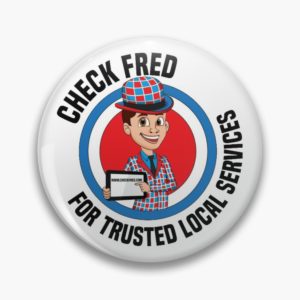Making Your Garden Wildlife Friendly
Having a garden that is friendly to wildlife and therefore entertaining in it’s own right does involve certain techniques and approaches to lawn care, some of them unconventional. The perfectly-groomed, square-cornered lawn with the carpet-like grass that never gets above 2 inches tall is not, unfortunately, the ideal environment for wildlife. So you may need to re-think things a bit to make your yard attractive to wildlife! Here are some tips.
What Kind of Wildlife?
First, identify what kind of wildlife you want in your yard. Bees? Deer? Birds? Making this decision early on will help you be able to be more focused in your yard care and design. Also, another first step you’ll want to take is determining what kind of wildlife is in your area. Then you can tailor your yard to fit the needs of local wildlife.
Let It Go
It’s been said that mowing, trimming, weed-killing, and other typical yard care regimens may actually repel most wildlife. If possible, let your yard or a part of your yard simply go to weeds. You could fence it off and label it “For the Birds” or some such if you are worried about what the neighbors will think. But many sources say that simply leaving an area of your yard alone and letting nature re-claim it can make a nice area for attracting birds, bees, and small animals. Adding a ‘Bug Hotel’ in the form of a simple pile of small or larger scraps of old wood, metal, twigs and branches will entice the little heebie-jeebies to feast on all that lovely decaying stuff, and the other wildlife will call in to get their breakfast and supper 😉
Water
No matter what kind of wildlife you want to invite to your yard, water is important. Every living thing needs it and is attracted to it. Ground-dwelling animals like chipmunks enjoy water sources placed on the ground, whereas birds appreciate water sources a bit higher up (making it safer from predators).
Make sure the containers are heavy enough to accommodate an animal’s weight on the edge, and putting a rock in the center also helps to weight the container and to provide a safe “island” in case a small animal goes in too deep. Sources say water should be no more than about 2 inches deep, and that you should empty the water container daily and refill with fresh water.
Although refreshing all the time deters the little Water-Bugs that other wildlife love to feed on. Just topping-up daily will ensure that the water stays ‘alive’ for all and birds/wild animals cope very well with mucky water. Hence the title – ‘Wild-Life’ 🙂
Provide Food
There are several different ways to do this. You can hang out a traditional bird feeder, invest in deer feed, or plant fruiting shrubs or other plants that provide food for foraging animals. Some plants to consider are:
* Sunflowers (many birds like sunflower seeds)
* Flowering and fruiting shrubs, like cranberries, blueberries, elderberry, and raspberries will attract birds and small animals. They may even attract bears and deer.
* Flowering and fruiting trees such as dogwood, hawthorn, and conventional fruit trees such as pear and cherry attract birds.
* Flowers such as Echinacea (purple coneflower), thistle, and black-eyed Susan appeal to small, seed-eating birds like wild canaries and finches.
You might want to invest in a notebook to record what creatures visit your yard once you begin making it more wildlife-friendly, and always have your smart-phone/camera to hand so that you can ‘capture’ those surprise moments in an image or video when something unusual vists your garden.
CONCLUSION;
Remember; having the right information will make your job much easier and can help ensure the lasting success of your garden.
If you don’t initially see what you’re looking for here, please use the ‘Search Bar’ in either the Sidebar or Footer.
Pete.
 Please Click The CheckFred Button Above
Please Click The CheckFred Button Above
To Visit The Merch’ Shop
.
